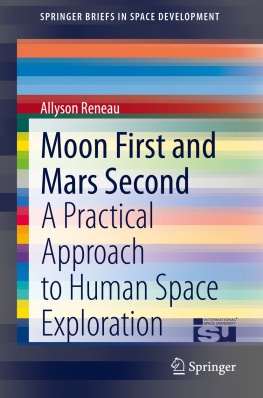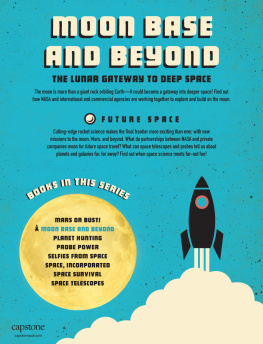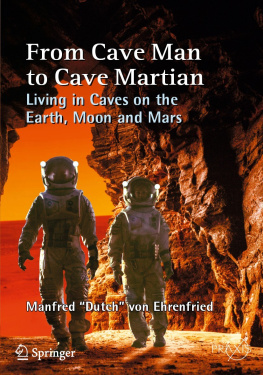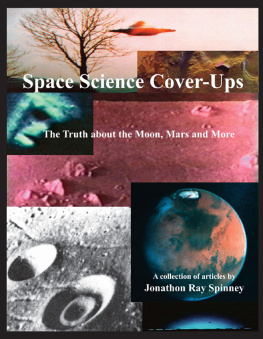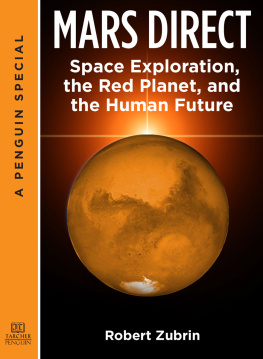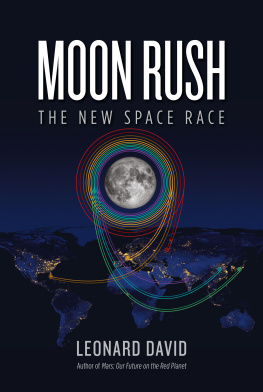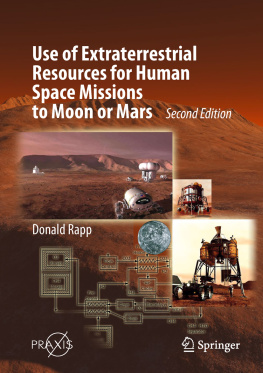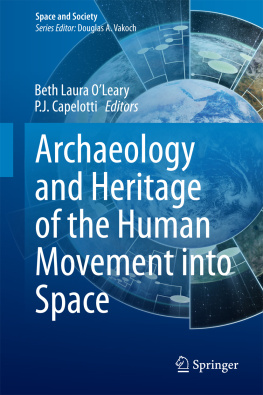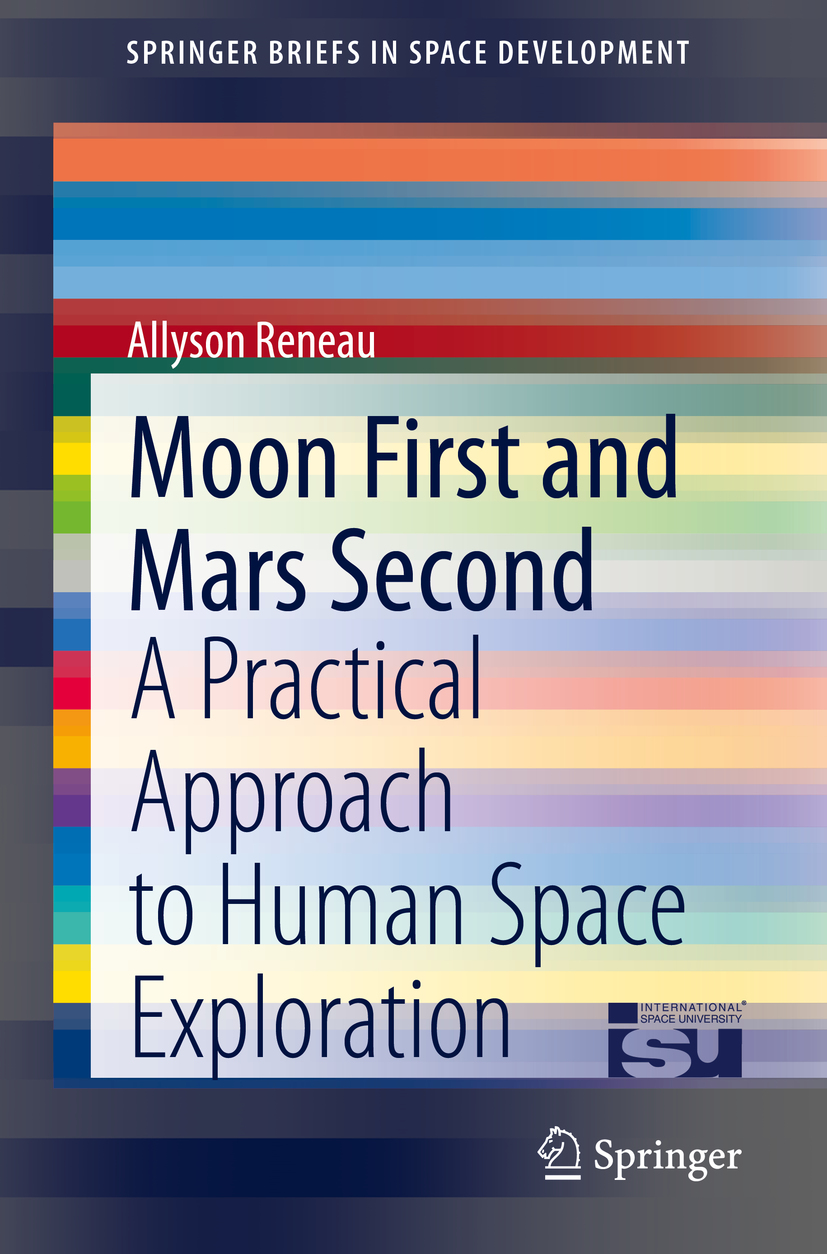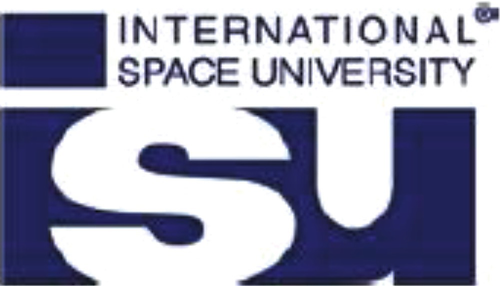SpringerBriefs in Space Development
The SpringerBriefs in Space Development series explores the multifaceted field of space exploration and its impact on society. Under the editorship of Dr. Pelton and the auspices of the International Space University, the series features interdisciplinary contributions from space experts and rising professionals alike, offering unique perspectives on a rapidly expanding field.
The volumes in this series are compact, ranging from 50 to 125 pages (25,000-45,000 words). Instructors, students, and professionals will find herein a host of helpful reads, including snapshot reviews of a hot or emerging field; introductions to core concepts; extended research reports providing more detail than is possible in a conventional journal article; manuals describing an experimental technique or technology; and essays on new ideas and their impact on science and society.
The Briefs are concise, forward-looking studies on the space industry, broaching topics such as:
Space technology design and optimization
Astrodynamics, spaceflight dynamics, and astronautics
Resource management and mission planning
Human factors and life support systems
Space-related law, politics, economics, and culture
The Briefs are concise, forward-looking studies on the space industry, broaching topics such as:
Space technology design and optimization
Astrodynamics, spaceflight dynamics, and astronautics
Resource management and mission planning
Human factors and life support systems
Space-related law, politics, economics, and culture
More information about this series at http://www.springer.com/series/10058 Through the SpringerBriefs in Space Development, readers will learn of the amazing progress and key issues born from the international effort to explore space. The Briefs are published as part of Springer's eBook collections, and in addition are available for individual print and electronic purchase. They are characterized by fast, global electronic dissemination, straightforward publishing agreements, easy-to-use manuscript preparation and formatting guidelines, and expedited production schedules.
Allyson Reneau
Moon First and Mars Second
A Practical Approach to Human Space Exploration
1st ed. 2021
Allyson Reneau
M.A. International Relations, Harvard University, Oklahoma City, OK, USA
ISSN 2191-8171 e-ISSN 2191-818X
SpringerBriefs in Space Development
ISBN 978-3-030-54229-0 e-ISBN 978-3-030-54230-6
https://doi.org/10.1007/978-3-030-54230-6
The Editor(s) (if applicable) and The Author(s), under exclusive license to Springer Nature Switzerland AG 2021
This work is subject to copyright. All rights are solely and exclusively licensed by the Publisher, whether the whole or part of the material is concerned, specifically the rights of translation, reprinting, reuse of illustrations, recitation, broadcasting, reproduction on microfilms or in any other physical way, and transmission or information storage and retrieval, electronic adaptation, computer software, or by similar or dissimilar methodology now known or hereafter developed.
The use of general descriptive names, registered names, trademarks, service marks, etc. in this publication does not imply, even in the absence of a specific statement, that such names are exempt from the relevant protective laws and regulations and therefore free for general use.
The publisher, the authors and the editors are safe to assume that the advice and information in this book are believed to be true and accurate at the date of publication. Neither the publisher nor the authors or the editors give a warranty, expressed or implied, with respect to the material contained herein or for any errors or omissions that may have been made. The publisher remains neutral with regard to jurisdictional claims in published maps and institutional affiliations.
This Springer imprint is published by the registered company Springer Nature Switzerland AG
The registered company address is: Gewerbestrasse 11, 6330 Cham, Switzerland
ISU Central Campus. (Credit: ISU)
This Springer book is published in collaboration with the International Space University. At its central campus in Strasbourg, France, and at various locations around the world, the ISU provides graduate-level training to the future leaders of the global space community. The university offers a two-month Space Studies Program, a five-week Southern Hemisphere Program, a one-year Executive MBA and a one-year Masters program related to space science, space engineering, systems engineering, space policy and law, business and management, and space and society.
These programs give international graduate students and young space professionals the opportunity to learn while solving complex problems in an intercultural environment. Since its founding in 1987, the International Space University has graduated more than 3,000 students from 100 countries, creating an international network of professionals and leaders. ISU faculty and lecturers from around the world have published hundreds of books and articles on space exploration, applications, science, and development.
NASA is recognized worldwide and carries with it the awe-inspiring achievements of dedicated men and women of the United States of America who have worked for the agency and accomplished what many thought to be impossible. A few of you have received recognition, but the majority of you have not. Therefore, to all of you, both past and present I dedicate this work. As it has been said, NASA turns science fiction into science fact.
Through all of NASAs ups and downs, the vision and passion to explore our solar system and beyond still burns brightly in the hearts and minds of its people. You have inspired all of us to reach for our dreams, never give up, and recognize that Failure is not an option. For this, we all thank you.
Foreword I
How do we achieve a human presence on Mars? This brief but fascinating book addresses this question and proposes a logical answer. Explore the Moon first and do it now! The Moon is a wonderful space laboratory to learn and develop the next steps forward in inhabiting the red planet and the solar system. The numerous challenges of human space exploration are presented, the importance of international cooperation is emphasized, and the fact that we are on our way to the moon is presented. This book must be on your reading list!
Dr. Giovanni Fazio
Harvard University Senior Physicist
Smithsonian Center for Astrophysics
Foreword II
In the closing days of the Cold War between the United States and the Soviet Union, the race to space and to the Moon was part of a global competition between the worlds two space superpowers. As Washington Post writer Christian Davenport has put it, these contenders for space superiority . bushwhacked a frantic path to the lunar surface, landing nearly 20 spacecraft softly on the Moon between 1966 and 1976, including the six carrying NASAs Apollo astronauts.

